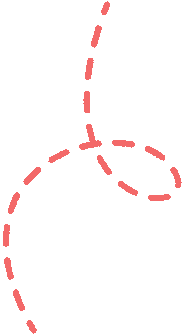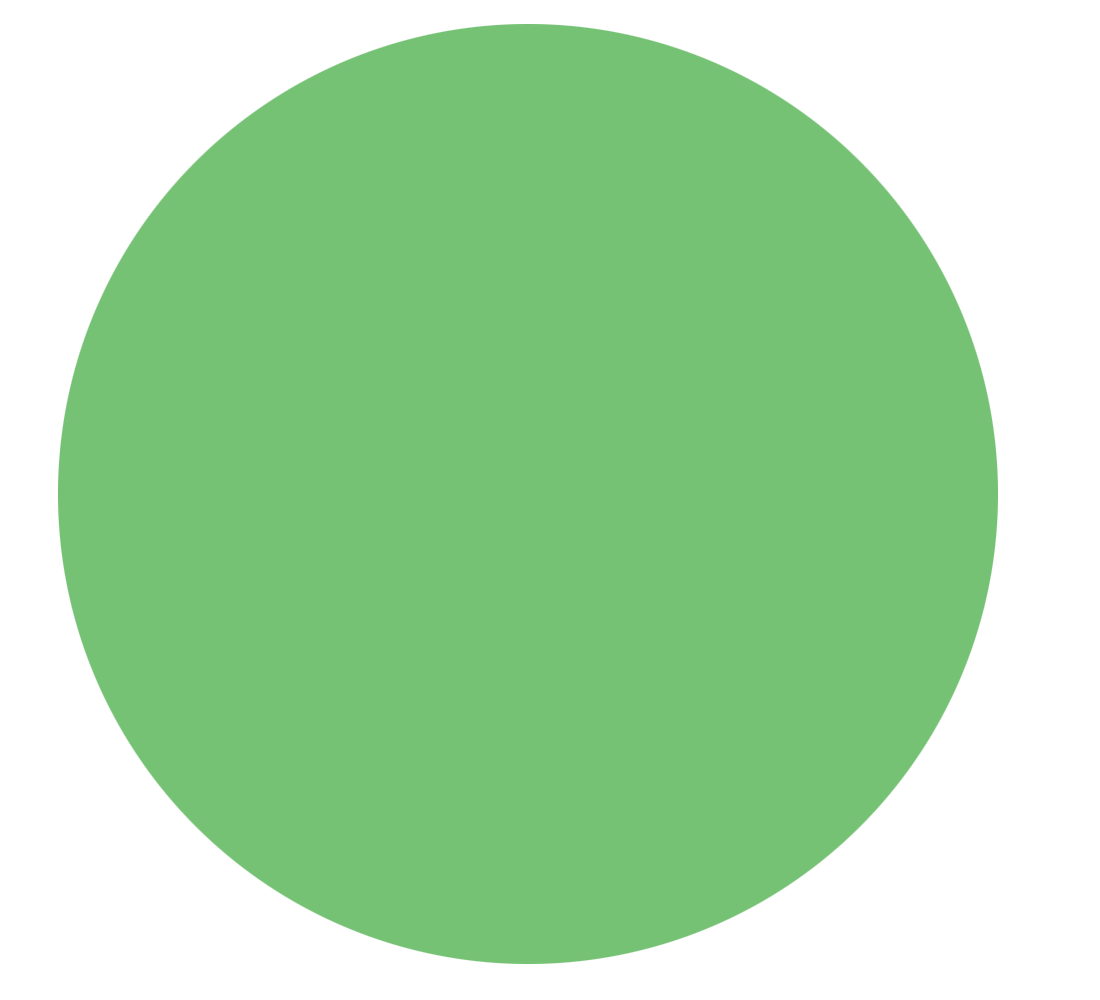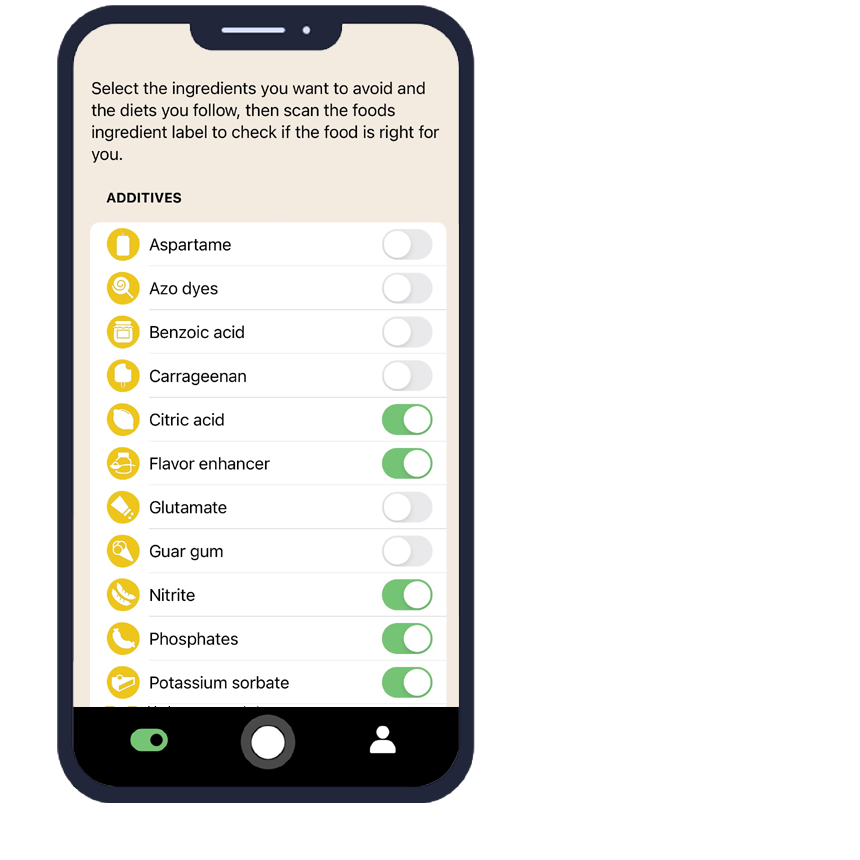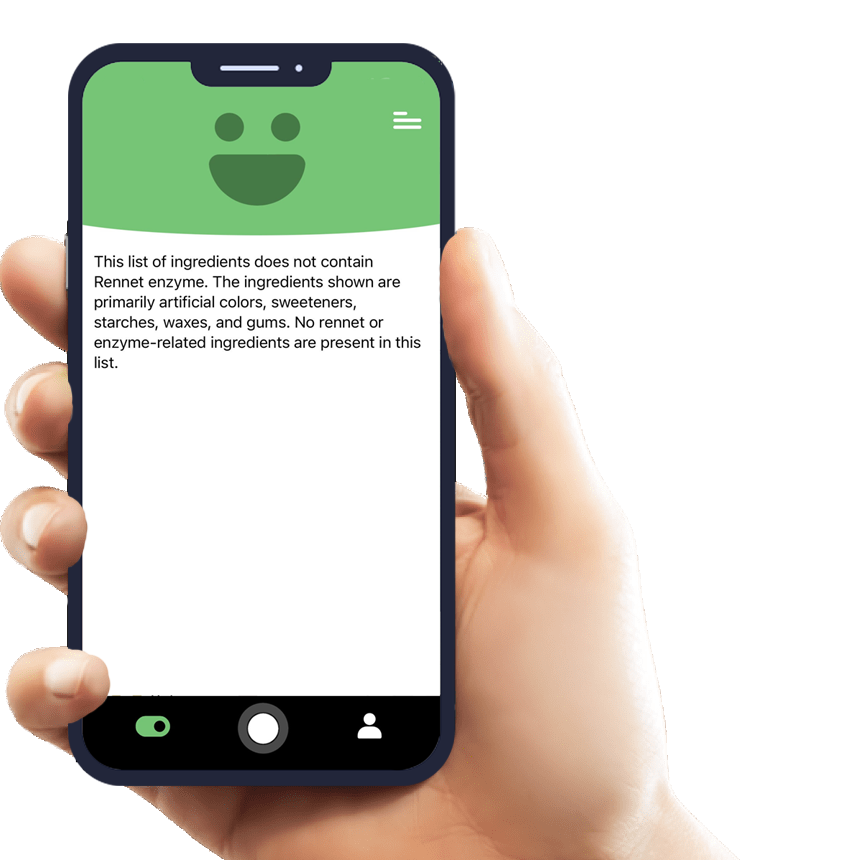Everything You Need to Know About Gluten and How AI Eat This Can Help You Avoid It
Gluten is one of the most widely discussed proteins in modern nutrition, yet many people struggle to identify it in their daily food choices. This complex protein found in wheat, barley, and rye can cause serious health issues for millions of people worldwide. Whether you're managing celiac disease, gluten sensitivity, or simply following dietary restrictions for health reasons, knowing how to spot Gluten in food products is essential.
The AI Eat This app revolutionizes how consumers identify and avoid Gluten in their food. By scanning ingredient lists in any language, this innovative mobile application helps users make informed decisions about their dietary choices, ensuring they can maintain their health goals and dietary restrictions with confidence.
What Is Gluten and Where Is It Used?
Gluten is a protein composite that gives elasticity and chewiness to bread and other wheat-based products. It's naturally found in wheat, barley, rye, and triticale, but food manufacturers also use it as an additive to improve texture and binding properties in processed foods. Understanding where Gluten appears is crucial for anyone following dietary restrictions.
This protein acts as a natural glue, helping foods maintain their shape and providing the stretchy quality that makes bread dough workable. In the food industry, Gluten serves multiple purposes beyond its natural occurrence, making it a common food additive in unexpected products.
Common Foods Containing Gluten
Gluten appears in numerous food products, often in places consumers don't expect. Here are the most common sources:
- Bread, pasta, and baked goods made from wheat flour
- Beer and malt beverages
- Processed meats and sausages
- Soups, sauces, and salad dressings
- Cereals and granola bars
- Imitation seafood and vegetarian meat substitutes
- Some medications and supplements
Many processed foods contain hidden Gluten as a stabilizer or thickening agent. This is why reading ingredient labels carefully is essential for anyone with Gluten-related dietary restrictions.
Is Gluten Safe? What Does the Research Say?
For most people, Gluten is completely safe to consume and poses no health risks. The U.S. Food and Drug Administration recognizes Gluten as safe for general consumption, and it's been part of human diets for thousands of years. However, certain groups of people must avoid Gluten entirely for their health and safety.
The World Health Organization acknowledges that while Gluten is safe for most individuals, it can cause serious health complications for those with specific medical conditions. Understanding these distinctions is crucial for making informed dietary decisions.
Regulatory Approvals and Guidelines
Health authorities worldwide, including the FDA and European Food Safety Authority, have established clear guidelines for Gluten labeling. In the United States, foods labeled "gluten-free" must contain less than 20 parts per million of Gluten, ensuring safety for those with celiac disease.
These regulations help consumers identify safe products and make informed choices about their dietary restrictions. The standardization of Gluten-free labeling has made it easier for people to navigate food shopping while maintaining their health requirements.
Risks for Specific Groups
While Gluten is safe for most people, it can cause serious health issues for individuals with celiac disease, non-celiac gluten sensitivity, or wheat allergies. People with celiac disease experience an autoimmune reaction when consuming Gluten, leading to intestinal damage and various health complications.
Those with gluten sensitivity may experience digestive discomfort, headaches, and fatigue when consuming Gluten-containing foods. Understanding these conditions helps explain why accurate Gluten identification is so important for affected individuals.
How AI Eat This Helps You Avoid Gluten
The AI Eat This app transforms how people manage their dietary restrictions by providing instant Gluten identification through advanced technology. Users simply scan product ingredient lists with their phone camera, and the app immediately identifies whether Gluten is present, regardless of the language on the packaging.
This innovative approach eliminates the guesswork and time-consuming label reading that typically accompanies grocery shopping for those avoiding Gluten. The app's personalized filter system allows users to set their specific dietary needs, ensuring they receive accurate alerts about food additives and allergens.
The app recognizes various forms and alternative names for Gluten, including scientific terms and different language translations. This comprehensive database ensures users don't accidentally consume Gluten due to unfamiliar ingredient names or foreign language labels.
Who Should Avoid Gluten?
Several groups of people must avoid Gluten for health reasons. Individuals with celiac disease have a medical necessity to eliminate Gluten completely from their diet to prevent serious health complications. This autoimmune condition affects approximately 1% of the population and requires strict adherence to a gluten-free lifestyle.
People with non-celiac gluten sensitivity experience uncomfortable symptoms when consuming Gluten, though they don't have the same autoimmune response as those with celiac disease. Additionally, individuals with wheat allergies must avoid Gluten-containing grains to prevent allergic reactions.
Some people choose to avoid Gluten as part of their personal dietary restrictions, believing it helps with digestive health or weight management. Regardless of the reason, having reliable tools to identify Gluten in food products is essential for maintaining these dietary choices.
Tips for Following a Gluten-Free Diet
Successfully avoiding Gluten requires knowledge, planning, and the right tools. Start by focusing on naturally gluten-free whole foods like fruits, vegetables, lean meats, and dairy products. These foods form the foundation of a healthy, gluten-free diet.
Always read ingredient labels carefully, as Gluten can hide in unexpected products under various names. Look for certified gluten-free labels when purchasing processed foods, and be aware of cross-contamination risks in manufacturing facilities.
Use technology like AI Eat This to simplify your shopping experience and ensure you're making safe food choices. The app's instant scanning feature saves time and provides peace of mind when navigating complex ingredient lists or shopping in foreign countries.
Consider meal planning and preparation to reduce reliance on processed foods that may contain hidden Gluten. Keep a list of trusted brands and products that meet your dietary restrictions, and don't hesitate to contact manufacturers with questions about their ingredients.
Conclusion
Understanding Gluten and its presence in food products is essential for millions of people managing dietary restrictions, whether due to celiac disease, gluten sensitivity, or personal health choices. While Gluten is safe for most individuals, those who need to avoid it require reliable tools and information to make informed food decisions.
The AI Eat This app provides an innovative solution for identifying Gluten and other food additives, making it easier than ever to maintain dietary restrictions while enjoying a varied and nutritious diet. With its advanced scanning technology and personalized filtering system, the app empowers users to take control of their food choices with confidence.
Take the guesswork out of your dietary restrictions and ensure Gluten safety with every meal. Download AI Eat This for free testing today and experience how technology can simplify your gluten-free lifestyle!

70 filters
With over 70 filters, you can easily avoid certain ingredients and follow your dietary preference.

Paleo

Pescetarian

Ultra-processed food

Vegan







































































